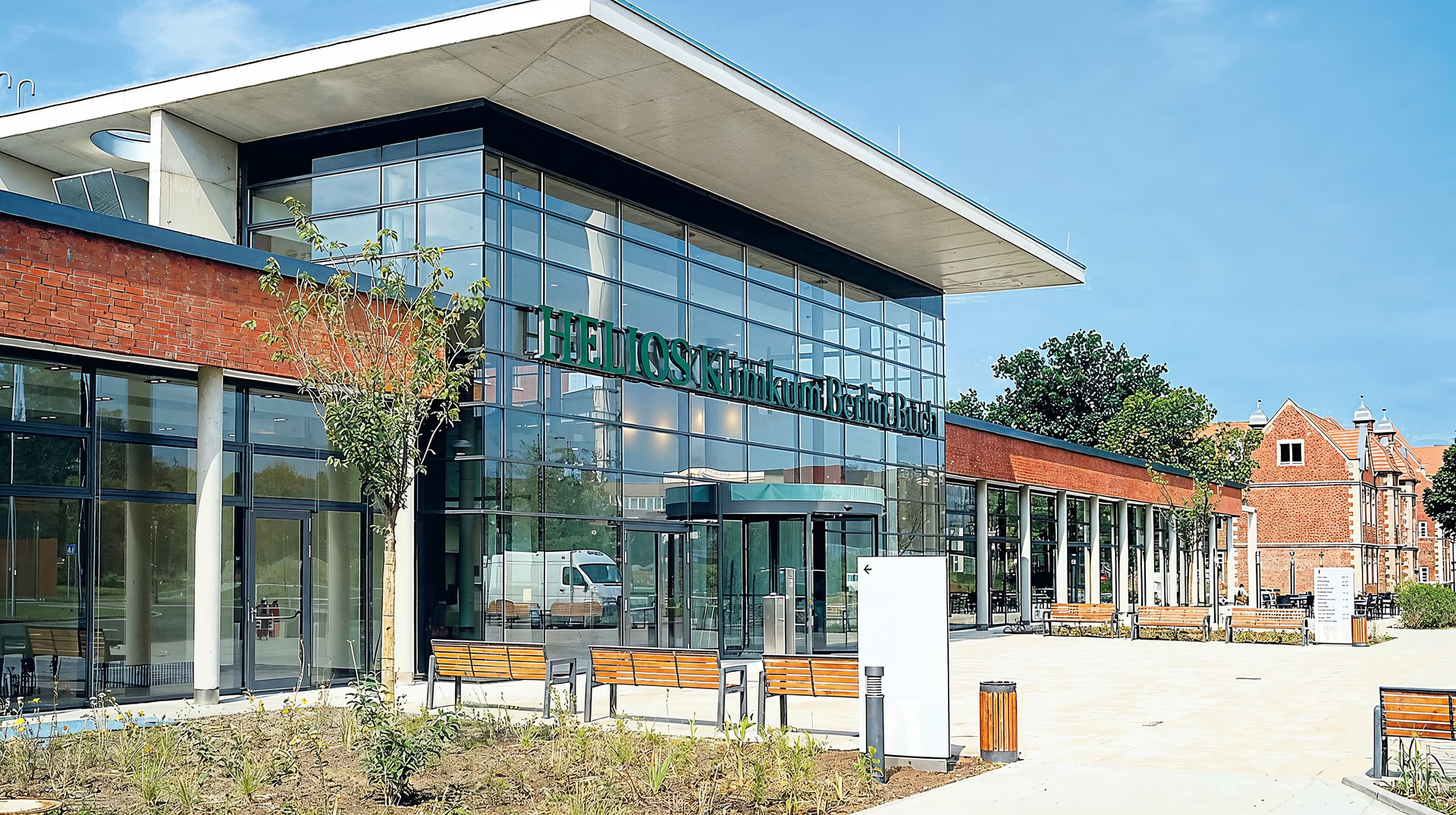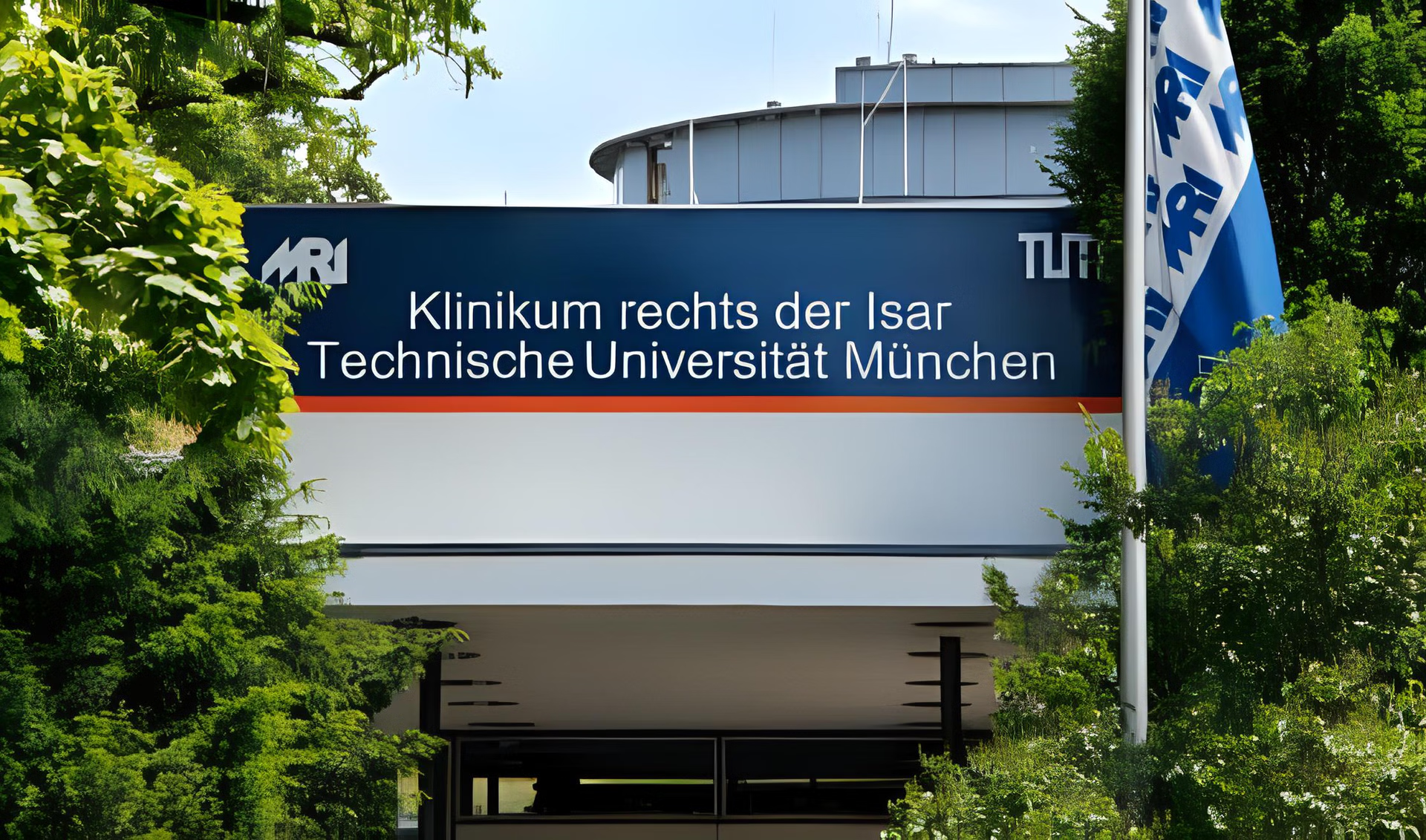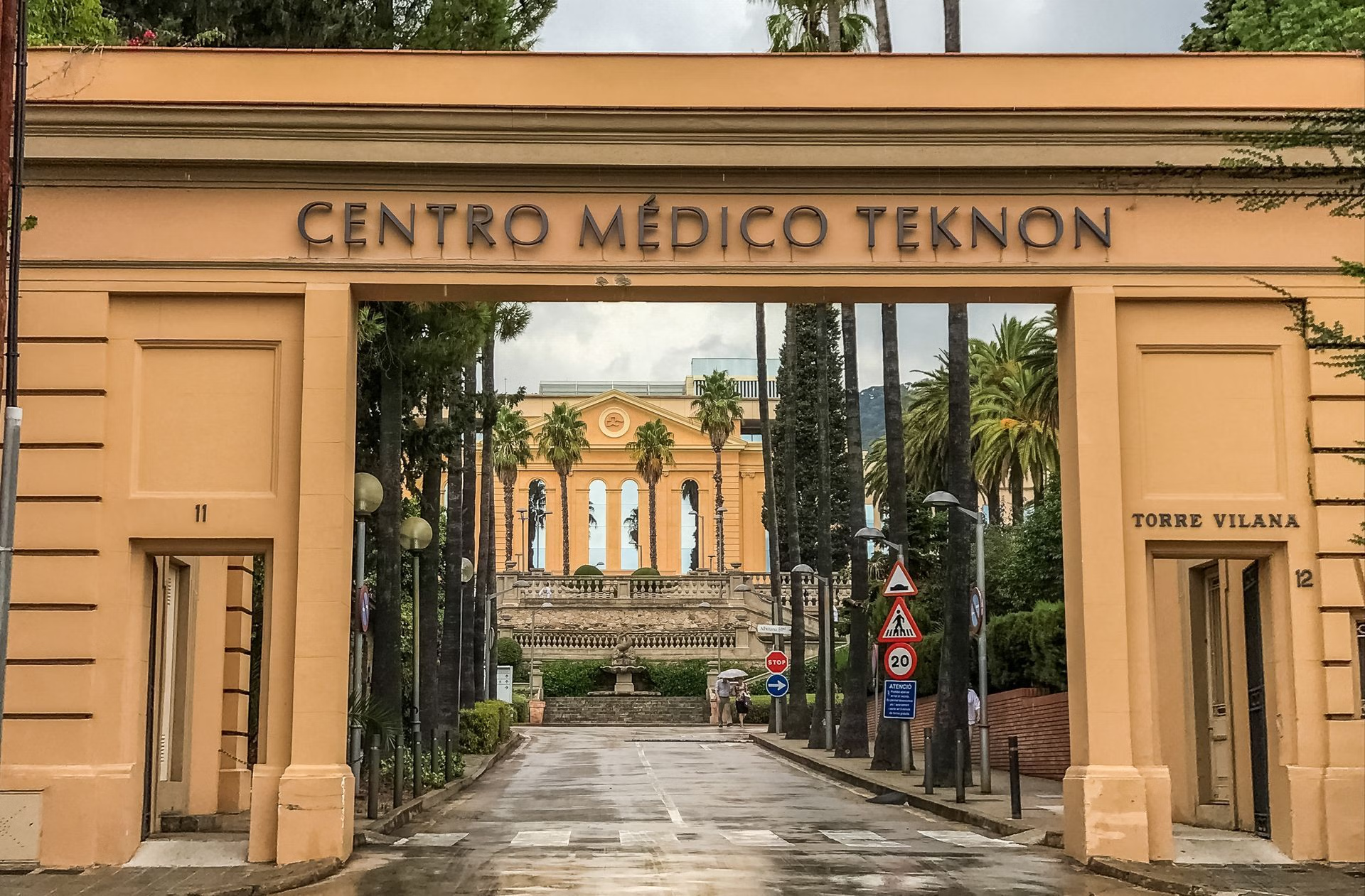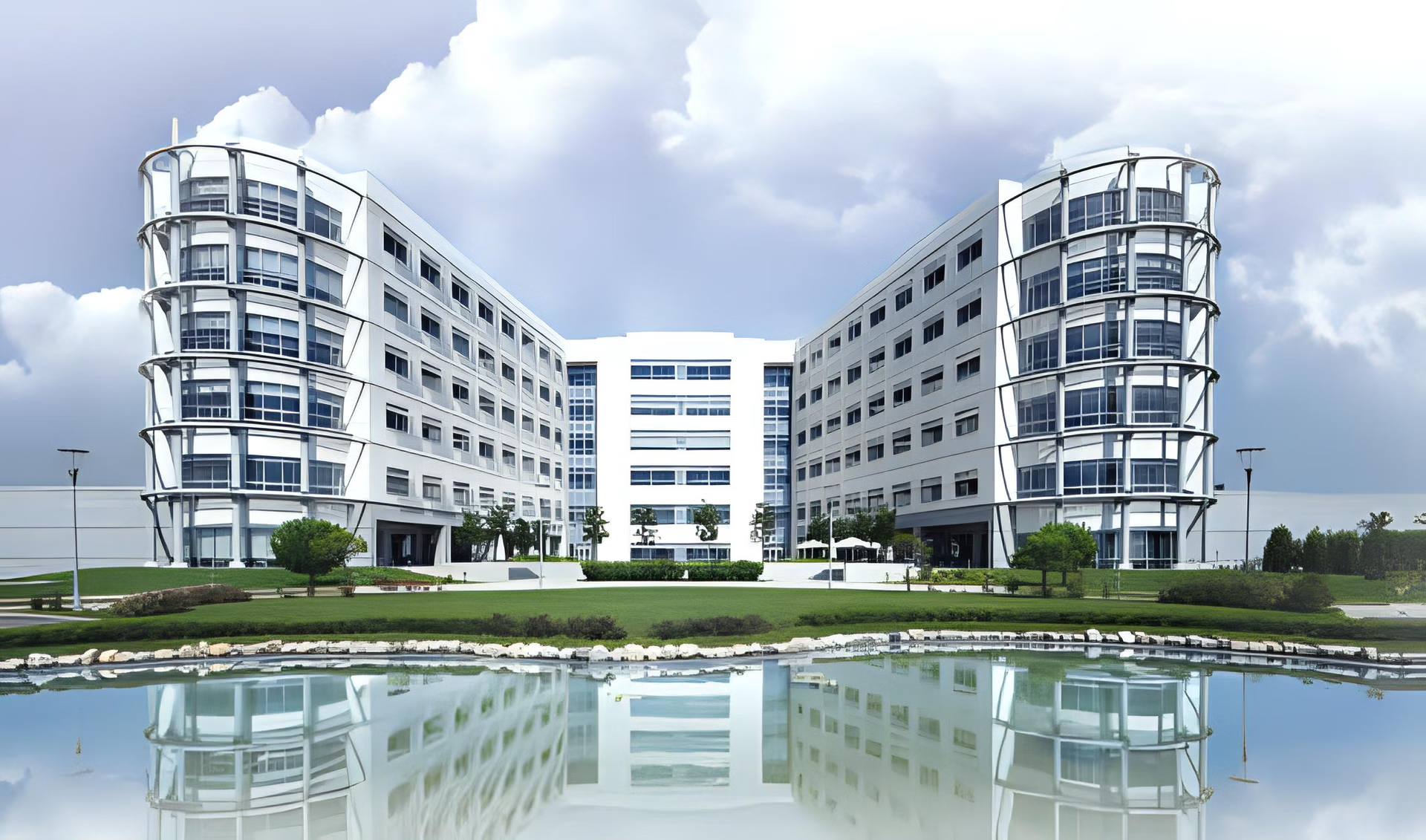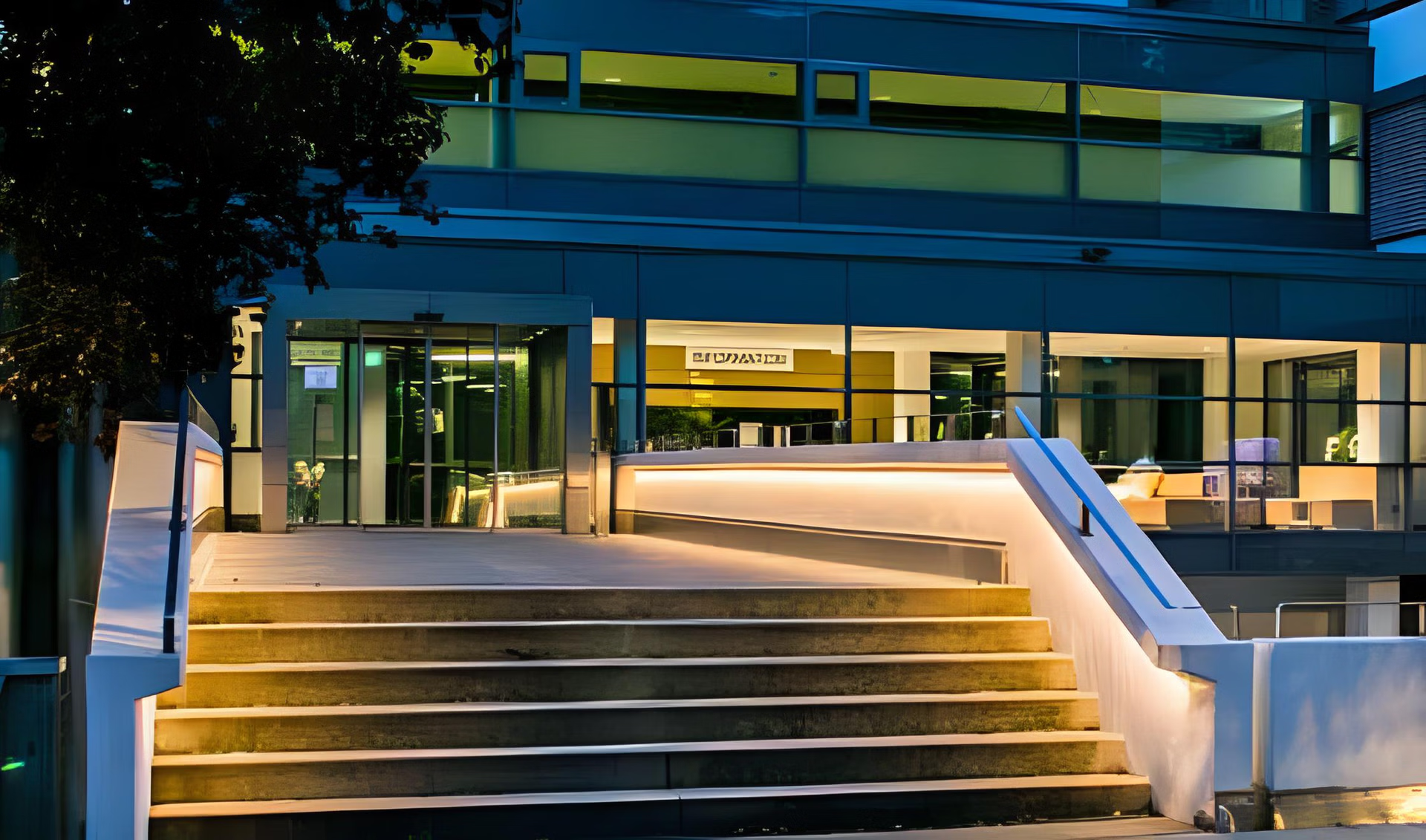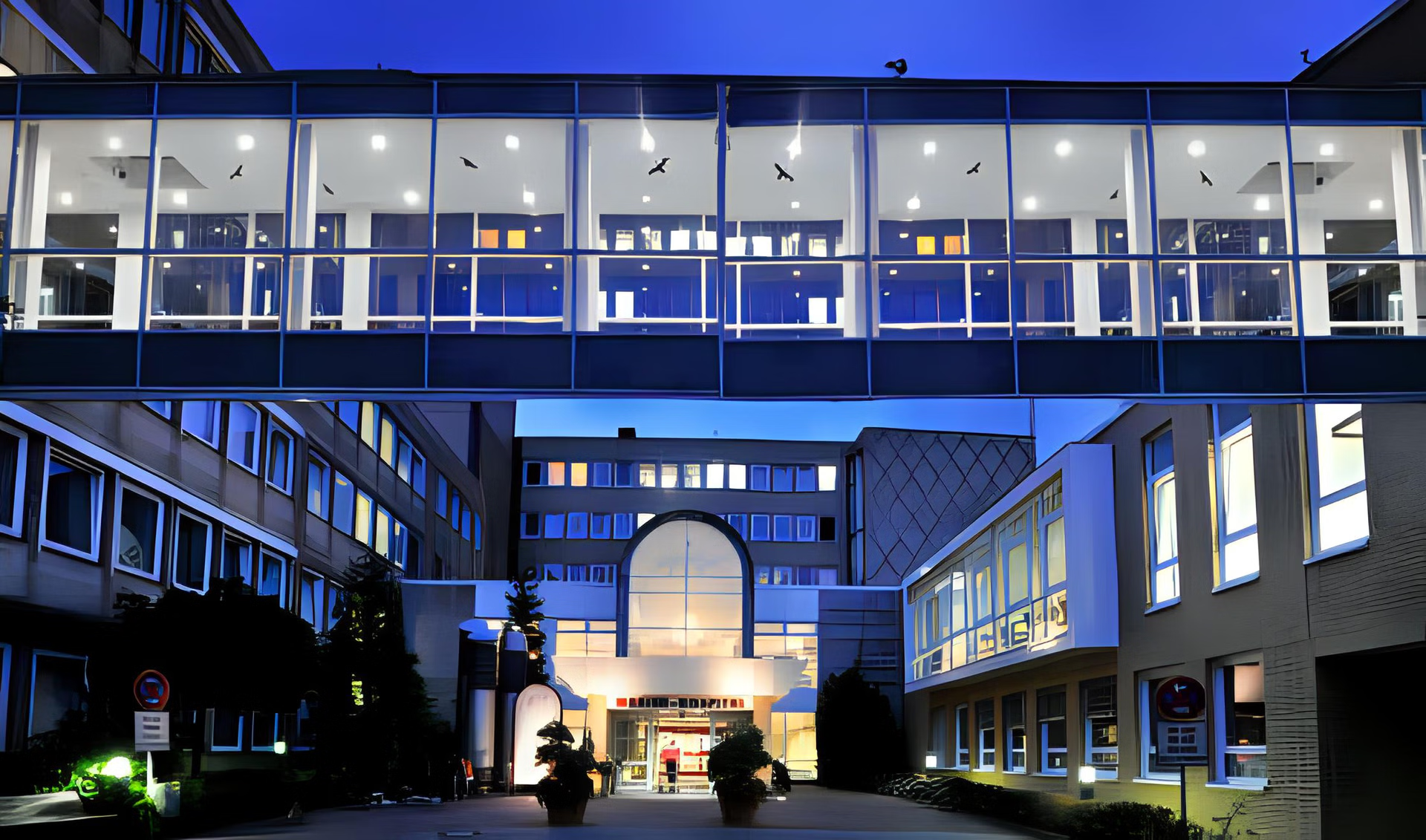Brachytherapy for Prostate Cancer Treatment

Patients with localized or regional prostate tumors have a nearly 100% of 5-year survival rate.
After a low-dose rate (LDR) procedure, the radiation stays active for about 10-12 months.
Up to 90% of men, after the prostate brachytherapy procedures, can keep their erections.
After the seed implant procedure, the risk of urine incontinence is less than 1%.
 What is brachytherapy?
What is brachytherapy?
Brachytherapy for prostate cancer, also called "seed implant" is done with radioactive seeds and smaller grains of rice. They are made of titanium and have a little bit of palladium or iodine in them. Once the source is put into the prostate gland, it sends much radiation to the tumor but only a small amount to other body parts, like the rectum and bladder. Within a few months, the seeds could become no longer active. Normal cells are less sensitive to radiation than cancer cells, so they can be killed more easily without harming the neighborhood tissue. That's why the side effects of brachytherapy for prostate cancer are less than after other treatments.
 How does it work?
How does it work?
During interstitial prostate brachytherapy, a long needle injects implant seeds into the prostate. It is done between the scrotum and the anus. Sources give off radiation, which kills cancer cells. How many seeds are put in the prostate depends on how big the organ is. Since they are so small, they don't bother anyone.
 A detailed description of targeted radiotherapy
A detailed description of targeted radiotherapy
Brachytherapy is an outpatient procedure that takes less than an hour and can be divided into two types.
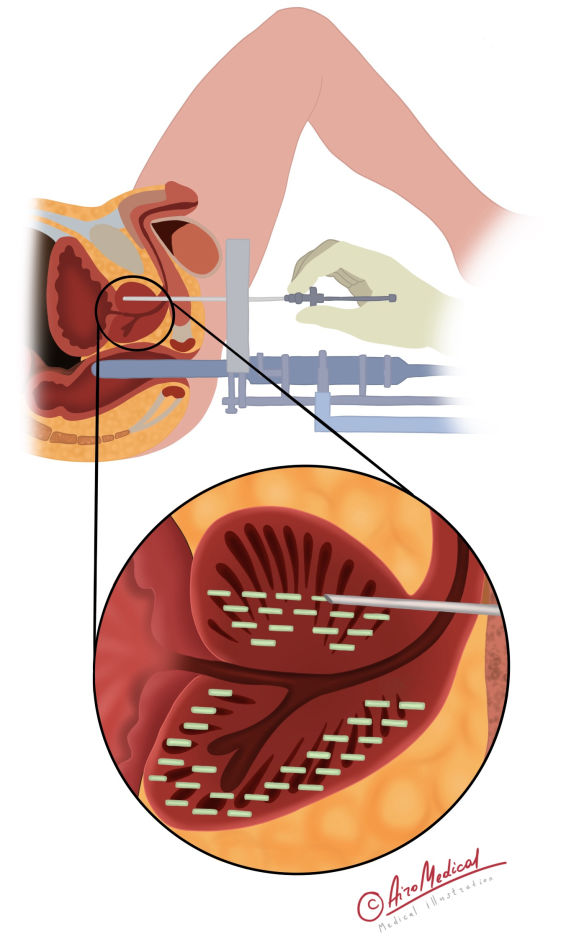 A doctor can offer high-dose brachytherapy (HDR) or a temporary type for people with a greater PSA level and an elevated Gleason score or Grade Group. A short course of radiation therapy from the outside (EBRT) is frequently provided with HDR therapy.
A doctor can offer high-dose brachytherapy (HDR) or a temporary type for people with a greater PSA level and an elevated Gleason score or Grade Group. A short course of radiation therapy from the outside (EBRT) is frequently provided with HDR therapy.
There are several features to know:
- The radiation is sent to the prostate through empty needles while the patient is under anesthesia.
- The needle implants remain in place for a few hours or, in some cases, overnight. The patient will likely have between one and three brachytherapy treatments during this time.
- For each treatment, radioactive wires will be put into the needles for a few minutes to give the prostate a high radiation dose quickly.
- After the last radiation dose, the doctor takes the needle implants out.
- Sometimes, the implant procedure is performed a week or two again after the first time.
- HDR brachytherapy side effects are mild and uncommon.
Low-dose brachytherapy (LDR) or permanent is best suitable for patients with few urinary symptoms, small tumors with a minimal PSA level (less than 10), and a low-to-medium Gleason score or Grade Group.
Some details to clarify:
- Under a general anesthetic, several radioactive "seeds," like a grain of rice, are put into the prostate. While the patient is under a light general anesthetic, the whole implant procedure is done through skinny needles.
- The doctor puts the seeds through the skin between of scrotum and the anus with needles (perineum). Since there is no cutting, there is no need for stitches. Sonography is used to help place the seeds. A rod-shaped tool is put into the rectum to get an ultrasonic image of the prostate. That’s why pictures of the prostate can be seen in real-time.
- The procedure takes about one to two hours, and the patient can leave the hospital the same day, in some cases on the next day. If you want to know what to expect after brachytherapy, few men feel ill or dizzy. To reduce swelling, the nurse may offer an ice pack. Most catheters are removed before patients awaken. 24 to 48 hours after anesthesia, don't drive. The doctor or nurse will provide the home medications to help urinate and prevent infection. Patients may notice bleeding or feel discomfort when needles are inserted.
- Slowly, the seeds give off radiation that kills prostate cancer cells. After about a year, the sources are no longer radioactive. They don't get taken out of the prostate.
Concerning the side effects of seed implants for brachytherapy for prostate cancer, it is nowadays the standard treatment, with a high chance of getting better. With excellent technique and skilled hands, it is possible to keep diseases at bay while minimizing any hurt.
 Who can be treated by prostate brachytherapy? Indications for the procedure
Who can be treated by prostate brachytherapy? Indications for the procedure
Patients with T1 or T2 prostate cancer (when the tumor hasn't spread beyond the prostate) and a Gleason score of 6 or less are good candidates for brachytherapy. It is not a good choice for people with severe urinary problems. Brachytherapy can also help traditional radiotherapy (external beam radiotherapy) work better on T3-stage tumors that are further along.
What places are the most suitable for treatment?
 What are the advantages and disadvantages of brachytherapy?
What are the advantages and disadvantages of brachytherapy?
Brachytherapy is a radiation therapy method used for more than a hundred years. Still, because medical imaging has gotten better over the past few decades, brachytherapy has become more common. The method is well-studied and has the following:
Advantages of local radiotherapy
- Fast brachytherapy recovery time: most men will only need to stay in the hospital for one or two days. They can go back to their everyday lives within a week after treatment.
- Local effect: radiation goes direct to the prostate, where the cancer is centered, so it is precise work. It means that healthy tissue close by only gets a small amount of radiation.
- Less risk because prostate brachytherapy doesn't hurt the healthy tissues around it, they are less to be damaged, so there are fewer side effects.
- Opportunity to combine with other treatments and repeat the course if needed. If cancer comes back, hormone therapy may be able to help.
- No pain syndrome and cosmetic flaws after the treatment occurred.
People are different, and the side effects will differ for each person. You might feel only some of the things listed. Or have the long-term side effects of brachytherapy.
Disadvantages
- It can cause the side effects like problems with urination, bowel function, or erections. The patient needs a painkiller.
- It may be required more than one radiation treatment at some hospitals. Between treatments, the patient may have to stay in the same position with the tubes in the prostate. Some men feel weird about this.
- It required several brachytherapy precautions. Patients should avoid pregnant women and children. Also, it is essential to be attentive during urinating and sex. Seeds might have been missed in the first week to ten days.
- It might take some time before the patient knows whether the treatment worked.
Despite the disadvantages of brachytherapy for prostate cancer, it remains one of the most effective treatment methods.
Who are specialized in brachytherapy for prostate cancer?
 Results and statistics
Results and statistics
The use of brachytherapy is supported by the recommendations of the National Integrated Oncology Network for patients with prostate cancer. Answering how successful brachytherapy is for prostate cancer, studies have shown promising results over ten years. People who got brachytherapy had an 83% higher chance of living longer than those who didn't.
With 6.5 years of follow-up, patients who had brachytherapy were twice as likely not to have a rise in prostate-specific antigen (PSA).

Comparing brachytherapy vs. external beam radiation, the study shows that 93.2% of people who got brachytherapy didn't need rescue therapy after ten years, compared to 72.2% in the case of external radiation.
The goal of brachytherapy is to help patients live longer and feel better. New technologies have made it possible to find the disease earlier, treat it more effectively, and find more options for curing.
 How can we help?
How can we help?
Prostate cancer is relatively easy to treat, and brachytherapy works well. Talk to a specialist at AiroMedical about which treatment to choose. We also tell what to expect after treatment and what to do to get the best prognosis.
Because of our years of experience and professional training, we can give you a very accurate idea of how much the upcoming oncology treatment will cost. The chosen medical center will also give you a formal estimate.
If you choose our company, you'll get loyal helpers who know what they're doing. So call us now and start the journey to recovery and decrease the brachytherapy risk.
Do you want to get information about the best clinic's prostate cancer treatment programs? Contact our consultants today!
Where to go for brachytherapy?
References:
- American Cancer Society: Radiation Therapy for Prostate Cancer
- Prostate Cancer: What is permanent seed brachytherapy?
- Macmillan Cancer Support: Brachytherapy for prostate cancer
- National Library of Medicine: Current status of brachytherapy in cancer treatment – short overview
- Вulletin of the American College of Surgeons: Current trends in prostate cancer: The role of brachytherapy
- American Brachytherapy Society: Current applications of brachytherapy
